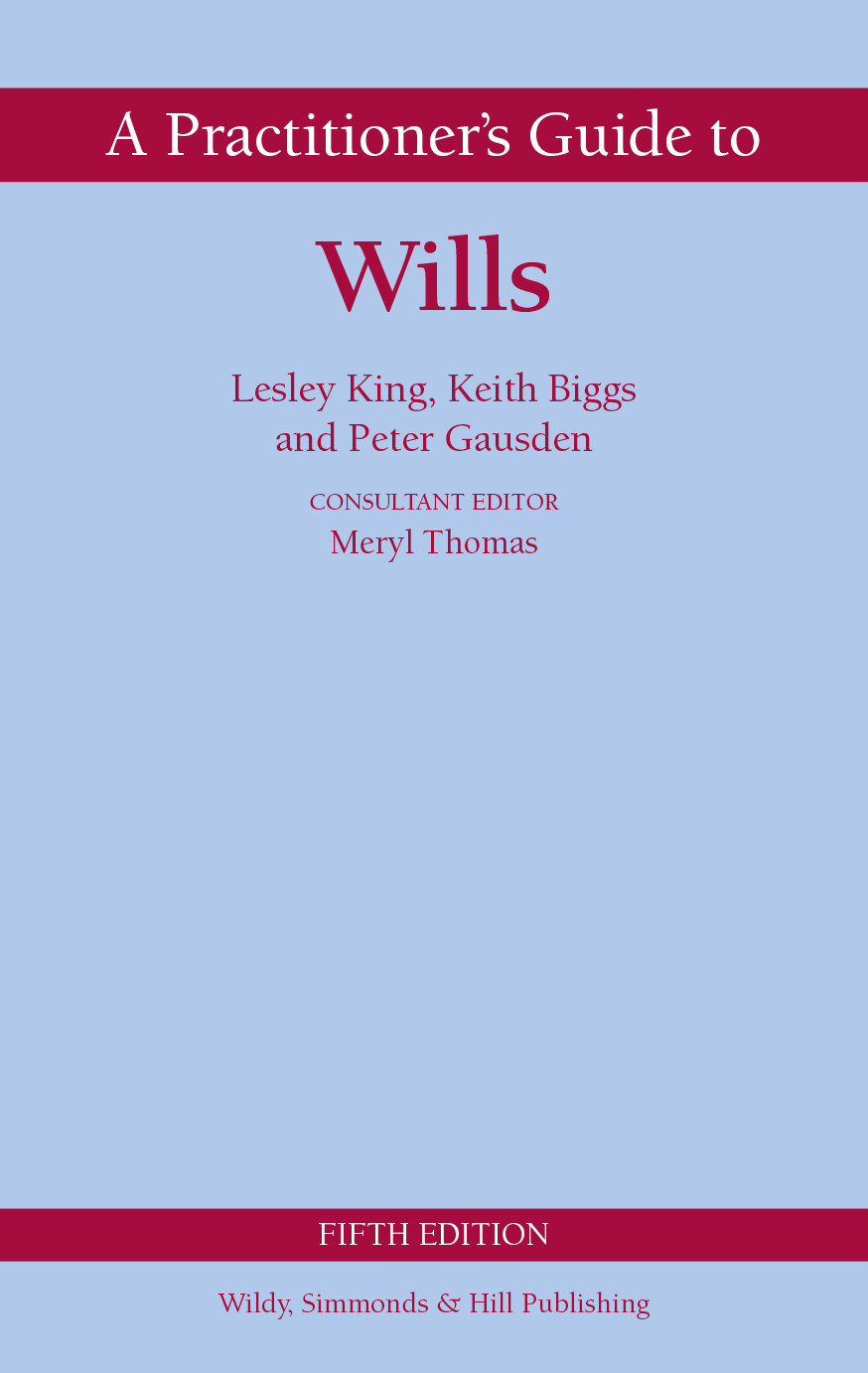
Revised and fully updated, the fifth edition of A Practitioner’s Guide to Wills provides a practical and comprehensive reference for all those concerned in drafting and interpreting wills, and in giving effect to their provisions. Among matters considered in the fifth edition are:
• What are the requirements for the virtual witnessing of wills executed during the Covid-19 pandemic?
• What can be done to help prevent a successful challenge to a will if the testator’s capacity or intention might be an issue?
•To what extent can the terms of a will give rise to a need to register a trust with HMRC?
• What are the pitfalls if creating a will trust where it is hoped to claim the inheritance tax residential nil rate allowance?
• Do nil rate band discretionary trusts still have a purpose in estate planning?
• How does the court now deal with disputes over the interpretation of wills in light of Marley v Rawlings and family provision claims after Ilott v Blue Cross?
>